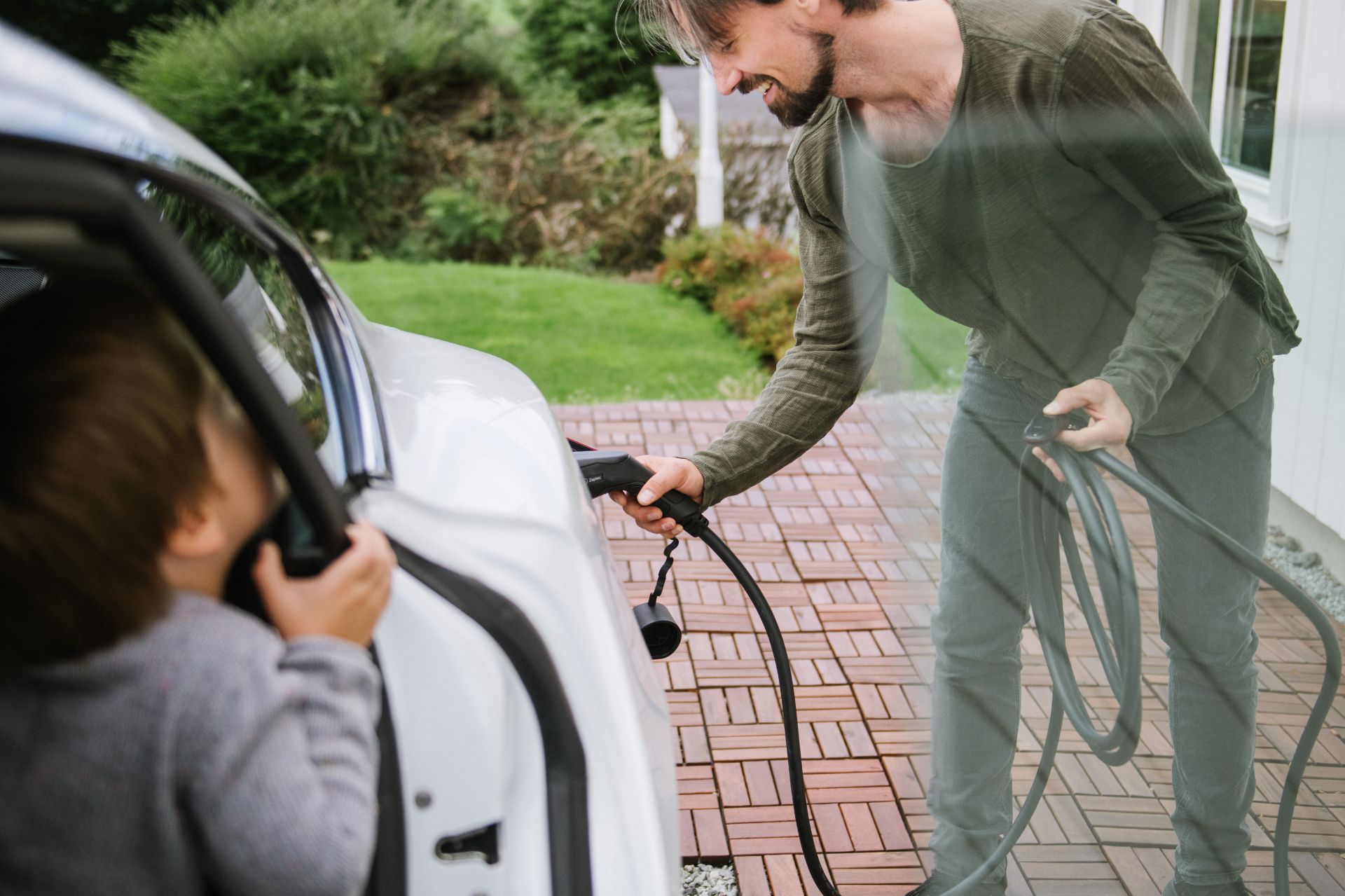
Everything you need to know about electric car charging
Introduction:
There are many considerations to take into account when charging an electric car. If you need to charge multiple electric cars, things can quickly become complicated. A high power drain has placed tough demands on charging points, and in the future electricity may cost more at certain times of the day. Choosing a charging station will therefore become crucial from a safety, financial and scalability perspective.
Car charger: Charging speed is dependent on the charger built into the electric car
The charging speed is dependent on the output that the built in charger can receive, as well as how much output is delivered by the charger. Furthermore, the charging profile for the car will determine how long it should take until the battery is fully charged. The charger in the car will general limit the output once the battery is charged halfway.
Charging cable: Charging speed also depends on having the right type of charging cable
To achieve the best possible charging speeds, you need the right charging cable. Electric cars feature either type 1 or type 2 charging points. This will help you to determine which charging cable you can use. In simple terms, type 2 in both the car and charger is the optimum solution – as is the case in the Tesla Model S.
Safety: Why a standard plug socket should only be used for emergency charging
Standard plug sockets should only be used for emergency charging purposes. The main reason for this is that these plugs are normally not designed to cope with long-term, high loads. This can lead to heat being generated, and in extreme cases can cause fire. A fire in an electric car is more difficult to extinguish than a fire in a traditional car. It is important to consult a professional, rather than just plugging your electric car straight into the nearest plug socket. When you use a plug socket, you are also unable to make use of fast charging as the charging is generally limited to 10 A.
Charging points: Choose the right charging point
There are many considerations to take into account when selecting a charging point. You should choose a charging point that is built to support future needs, and that is both sufficiently powerful and safe. You should also consider whether you will need more than one outlet. If you need two or more, you will generally need to apply for permission from the power grid owner due to the high power drain.
Charging speed will always be important, but advanced charging control should also be taken into account. In future, power-based tariffs will mean that you will be able to save a lot of money by having a system that controls the power output. In some cases, this can represent savings of hundreds of kroner per person per month.
Housing cooperatives and joint owners
Housing cooperatives often require customised solutions for electric car charging. It is well worth having a chat with an advisor to avoid making mistakes when investing. Charging points need to be part of a larger charging system, as is the case with Zaptec’s charging system.
An advisor can carry out a site inspection and examine the electrical system in order to ensure the best possible solutions are offered. A specification of requirements means you can obtain multiple quotes that are easily comparable. It is not necessarily the case that the cheapest option is the best one for the long-term. This is why it is important to think about your needs now, as well as which requirements might emerge in future.



